Photo
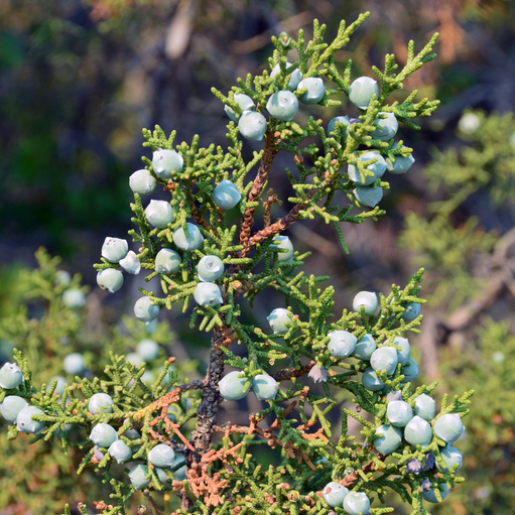
Caption
Utah juniper leaves and berries.
Photo
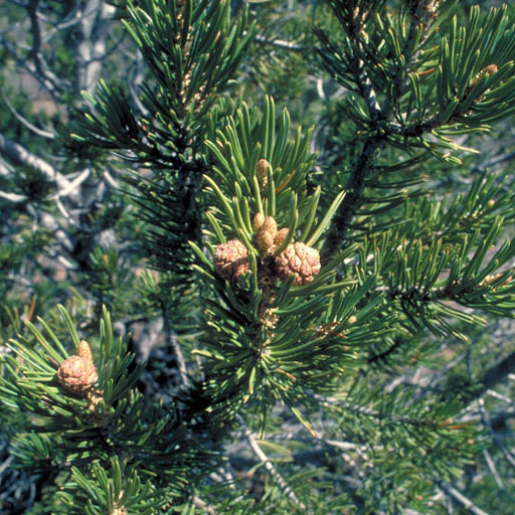
Caption
Two-needle pinyon pines can grow up to 20 feet tall and 20 feet wide when they are mature; they are called “two-needle” pinyon pine because two needles (leaves) are attached at each point on the stem. Compare this tree to Ponderosa pines and lodgepole pines in the Mountain Zone.
Photo
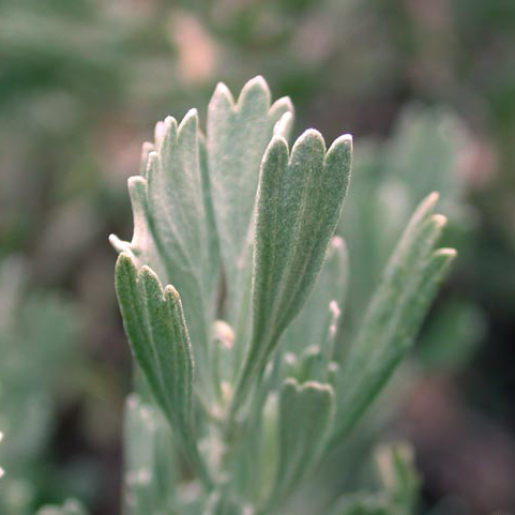
Caption
Big sagebrush can be identified by its leaves: each leaf has three lobes at its end. Native Americans have used sagebrush for thousands of years for medicine, ceremonies, fiber, and dye.
Photo
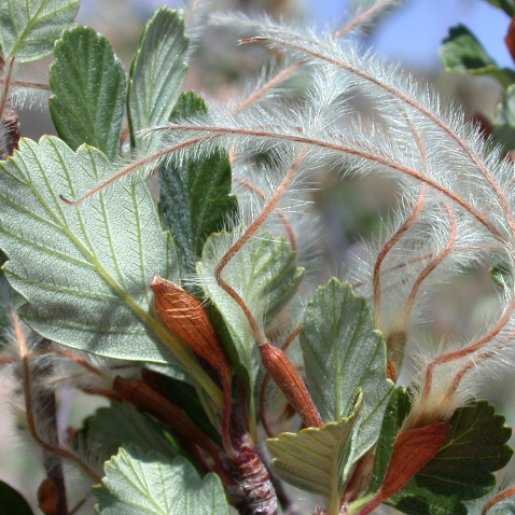
Caption
Alderleaf mountain mahogany; this 4- to 8-foot-tall shrub has seeds containing a hairy “tail.”
Photo
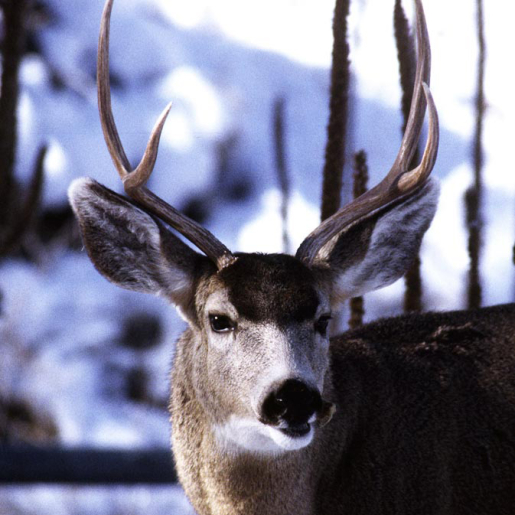
Caption
Mule deer are commonly found in the Colorado Plateau’s Woodland Zone. How do you think they got their name? (Hint: Are those big ears or what?!)
Photo
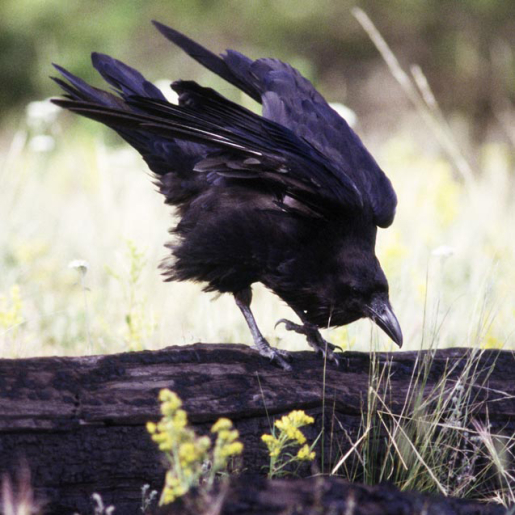
Caption
Common ravens are omnivores, which means they will eat anything available: roadkill, insects, eggs, seeds, berries, and even dung. These smart birds are known to store extra food away in secret hiding places for later. If a raven senses that another raven is watching where it is about to hide food, it will pretend to stash the food in one place, but will actually hide it in a different spot. Another fun fact: a group of ravens is called a “murder.”
Photo

Caption
Utah juniper leaves and berries.
Utah juniper leaves and berries.

